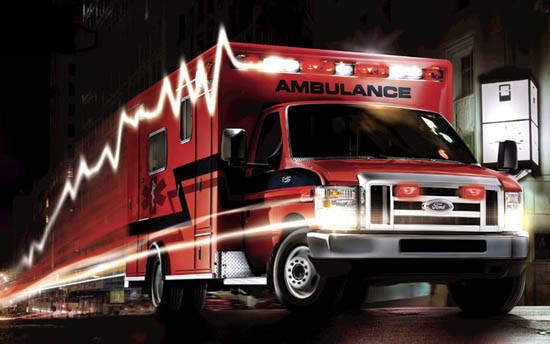You never know when an emergency will occur, yet when that emergencies happens in an isolated location can often present a problem for medical transports. But these medical marvels are, for the most part, always up to the task when it comes to saving lives. In this hazardous occupation of providing medical transports there will be two options: Emergency transports and non-emergency transports. However, if you have a medical emergency it’s always wise to call 911 and let them provide the transportation or use an Air Ambulance Network.
Non-Emergency Medical Transportation!
In most cases this type of service will be a public transportation and shared ride type of service. In small or large cities these rides are quite visible and include a city bus, rides in a specialized medical vehicle, or simply rides in other vehicle types depending on your particular needs. Of course, if public transportation is not available, you are under no obligation to take it. Many of the ambulance service transporter vehicles are contracted with hospitals, nursing homes, home health care facilities, hospice agencies, managed care, and most insurance companies.
Medical transport, specifically non-emergency transport may not always be thought about but it is just as important as the ambulances as it gets patients and supplies to the place that they to go. Medical transport keeps both facilities connected but they keep them open and operating as well by keeping both supplies and patients flowing in and out allowing them to operate smoothly. No matter what type of transport it is all medical transport is important and needed to keep all types of medical facilities running smoothly and efficiently as even the garbage man is important as medical waste has to have a special type of disposal.
So in the end the benefits of medical transport are endless and effect all different aspects of the medical field both directly with patients and indirectly without the patients but all of them are linked to a general purpose which is to keep medical facilities running and provide excellent medical care to patients.
Non-emergency response teams will assure you of the following:
- Wheelchair van and invalid transportation
- The latest in medical procedures and equipment
- Real-time GPS ambulance and tracking information – both ground and air
- Critical and specialty care whether it’s local or a long-distance transport
- Acceptance of Medicare and Medicaid for transports that meet the required medical necessity
Medical transport, specifically non-emergency transport may not always be thought about but it is just as important as the ambulances as it gets patients and supplies to the place that they to go. Medical transport keeps both facilities connected but they keep them open and operating as well by keeping both supplies and patients flowing in and out allowing them to operate smoothly. No matter what type of transport it is all medical transport is important and needed to keep all types of medical facilities running smoothly and efficiently as even the garbage man is important as medical waste has to have a special type of disposal. So in the end the benefits of medical transport are endless and effect all different aspects of the medical field both directly with patients and indirectly without the patients but all of them are linked to a general purpose which is to keep medical facilities running and provide excellent medical care to patients.
Emergency Medical Transportation!
Most major medical clinics in this country provide ground and air medical transport from various bases around the USA. Here are several that you’ll recognize:
- Airplane Ambulance – This service provides high-level critical care and rapid transportation that provides safe, physician-directed air medical travel to the facility of your choice. Another option using this type of service is being able to pay your medical bill online or Medicare, if covered.
- Helicopter Ambulance – This also provides high-level critical care and rapid transportation into places an airplane can’t land, like areas in outlying communities, mountains and, of course, crowded freeways and city streets.
- Ground Ambulance – also provides high-quality advanced life support ground ambulance services.
- Long Distance Medical Transportation Services– If the destination is more than 200 miles away then long distance and state to state medical transport services are the best option.

